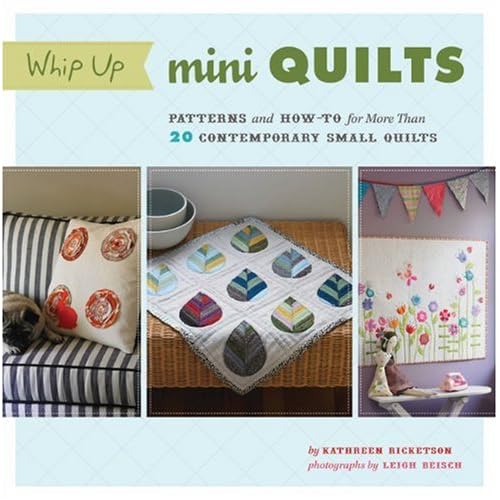pattern making for children
May 6th, 2010
Making patterns sounds like it should be hard, but making patterns for children is super easy. Up to a certain age, kids are basically little rectangles and as long as you have some straps or elastic to keep the clothes up you are good to go. I think the pattern everyone starts with is pants: turn a pair they have inside out (oops forgot that part), fold it in half, trace it and add some seam allowances. For babies and toddlers you can get away with same pattern for the front and the back. I like the way pants fit my kids a little better when I make an actual front and back pattern, but even then it’s not difficult at all. There is a very helpful guide on sewmamasew for altering the pants pattern you may already have for your growing kids. And if you haven’t made pants yet there are about a 1000 tutorials out there. If you have a favorite please leave a link in the comments.
I like to use freezer paper for all my kids’ clothes patterns: a big roll is pretty cheap, it’s wide enough to accommodate kid patterns, you can write on it, you can see through it (for tracing patterns), and you can iron right on your fabric so you don’t have to use any pins. I use knit fabric for most of my kids’ clothes and I find it hard to pin. The only problem with using freezer paper is directionality. You can’t flip it over, well technically you can, but then you’d have to pin it, defeating the purpose. But honestly, I don’t run into this problem very often.
The challenge starts next week on Monday! Remember the challenge is to sew (or make patterns!) for an hour a day, but Tim Gunn isn’t going to tell you to stop when the hour is up. Mostly the challenge is about momentum–just start sewing and see where you end up. My list of clothes I want to make is ridiculously long and I know I won’t get everything done. There are over 200 of you participating! I don’t think lack of motivation should be a problem when 200 people are cheering you on! Be sure to add your photos of finished or half finished garments to the elsiemarley flickr pool as the week goes on and I’ll showcase some here on the old blog. And if you plan on sewing for your kids after they are asleep be sure to measure them before they fall asleep because I’ve tried to get their measurements while they are sleeping and it doesn’t work too well.
















